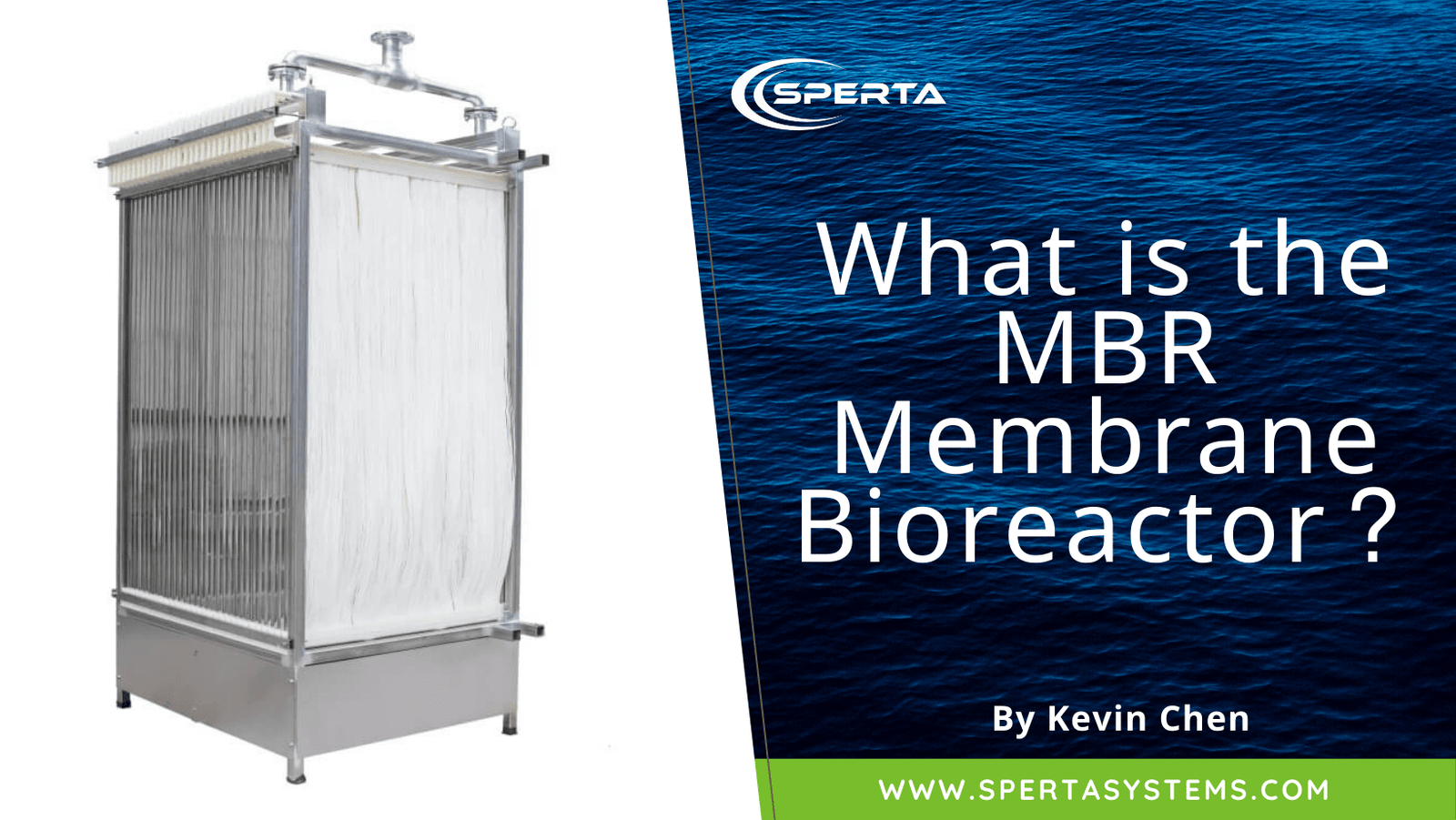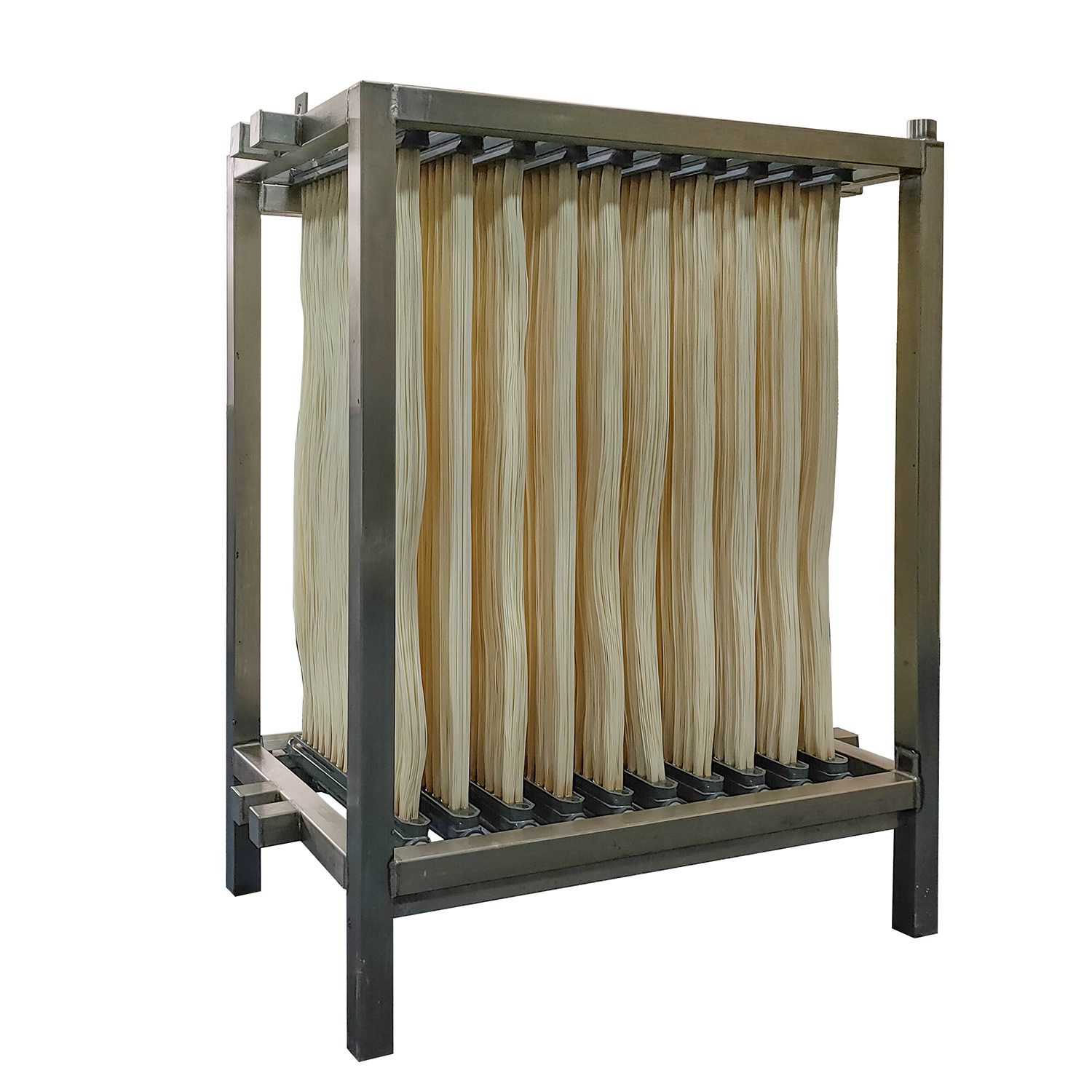Why Membrane Bioreactor is the Future of Wastewater Treatment in Industries
Why Membrane Bioreactor is the Future of Wastewater Treatment in Industries
Blog Article
Just How Membrane Layer Bioreactors Are Changing Water Filtration Systems
The appearance of membrane bioreactors (MBRs) represents a substantial improvement in the field of water filtration, combining biological therapy procedures with advanced membrane layer purification modern technologies. As worldwide water deficiency escalates, the duty of MBRs in facilitating potable water reuse and sustainable water administration ends up being progressively critical.
Overview of Membrane Layer Bioreactors
Membrane layer bioreactors (MBRs) stand for a considerable innovation in water purification innovation, as they combine biological treatment procedures with membrane layer purification. This combination enhances the efficiency of wastewater therapy by utilizing microbes to weaken natural toxins while simultaneously employing semi-permeable membranes to separate cured water from suspended solids and pathogens.
The MBR system commonly consists of a biological reactor where the microbial population metabolizes contaminants, followed by a membrane filtration system that retains biomass and enables only tidy water to travel through. This dual capability results in greater effluent top quality compared to conventional therapy methods. MBRs can be run in both batch and continual flow settings, supplying flexibility in style and application.
They also make it possible for the healing of water for reuse, thus contributing to water sustainability efforts. In general, MBRs are at the forefront of boosting water therapy performance and quality, showcasing the possibility for cutting-edge options in ecological administration.
Advantages of MBR Modern Technology
The integration of organic therapy with membrane layer purification supplies countless advantages for water filtration procedures. One of the main advantages of Membrane layer Bioreactor (MBR) technology is its ability to effectively get rid of both natural and not natural impurities, causing high-grade effluent. The membrane layers work as a physical barrier, preventing suspended solids and microorganisms from passing through, which improves the total safety and reliability of cured water.
In addition, MBR systems require a smaller sized footprint compared to standard therapy techniques, enabling more efficient space utilization. This portable design is specifically useful in metropolitan settings where land is limited. MBRs also show operational adaptability, suiting differing influent qualities and flow rates without substantial performance degradation.
Furthermore, the procedure uses enhanced nutrient elimination abilities, particularly for nitrogen and phosphorus, which are important for protecting against eutrophication in receiving waters. The decreased sludge manufacturing linked with MBR modern technology also converts to lower disposal expenses, making it an affordable remedy over time - Membrane Bioreactor. On the whole, the benefits of MBR technology position it as a leading option for cutting-edge and sustainable water filtration systems, resolving both environmental and economic worries
Applications in Water Purification
Applications of Membrane Bioreactor (MBR) modern technology in water purification are impactful and varied, attending to different treatment needs across numerous markets. MBRs properly incorporate organic treatment processes with membrane purification, making them excellent for local wastewater therapy, industrial effluent management, and even drinkable water reuse initiatives.
In local setups, MBRs are progressively used to boost the top quality of dealt with wastewater, enabling compliance with strict discharge laws and helping with the recycling of water for watering and non-potable usages. Their portable style likewise makes them appropriate for metropolitan atmospheres where space is limited.
Industrially, MBR modern technology is made use of to treat Discover More Here process water and wastewater, specifically in industries such as food and beverage, pharmaceuticals, and fabrics. By effectively eliminating impurities and suspended solids, MBRs aid industries lessen environmental influences while recuperating valuable sources from wastewater streams.
Furthermore, MBRs are obtaining grip in decentralized water treatment applications, where small-scale systems can be deployed in remote locations or establishing areas. This flexibility allows communities to attain lasting water monitoring options, improving access to clean water while minimizing dependence on standard treatment methods.
Study and Success Stories

In an additional example, a fabric manufacturing facility in Bangladesh embraced MBR modern technology to resolve its wastewater obstacles. The system reduced chemical oxygen need (COD) degrees from 1,200 mg/L to much less than 100 mg/L, therefore satisfying governing standards and significantly decreasing environmental impact.
The College of Cape Community's MBR installation has verified reliable in dealing with greywater for non-potable reuse on campus. This project not just preserves safe and clean water however additionally serves as an instructional design for sustainable techniques.
Moreover, a seafood processing plant in Norway utilized MBR modern technology to deal with effluents including high degrees of raw material, achieving over 90% toxin elimination. These instance studies emphasize MBR innovation's flexibility and its crucial function in improving water quality across varied applications.
Future of Water Treatment Solutions
As worldwide water deficiency and air pollution challenges heighten, ingenious water treatment options are ending up being progressively important to make sure sustainable access to tidy water. The future of water therapy depends on the assimilation of sophisticated modern technologies that boost the efficiency and effectiveness of purification processes. Membrane bioreactors (MBRs) go to the forefront of this advancement, incorporating organic therapy with membrane layer filtration to generate top notch effluent appropriate for different applications.

Arising fads such as source recuperation from wastewater, including nutrients and energy, will further transform treatment centers into environmentally friendly hubs. Advancements in nanotechnology and membrane layer materials assure enhanced efficiency and longevity of filtration systems.

Final Thought
Their function in potable water reuse and sustainable water management highlights their relevance in addressing global water shortage find more information difficulties. Proceeded study and growth will certainly further enhance the efficiency and adoption of MBR innovation, ensuring a durable future for water treatment remedies.
The appearance of membrane bioreactors (MBRs) stands for a considerable innovation in the field of water filtration, combining biological therapy procedures with innovative membrane layer purification technologies. As international water deficiency magnifies, the duty of MBRs in assisting in safe and clean water reuse and lasting water management becomes significantly essential. They likewise allow the recuperation of you can try these out water for reuse, therefore contributing to water sustainability efforts.As international water scarcity and contamination challenges heighten, cutting-edge water therapy solutions are becoming increasingly crucial to make certain sustainable access to tidy water. Their role in potable water reuse and lasting water administration highlights their value in resolving global water scarcity challenges.
Report this page